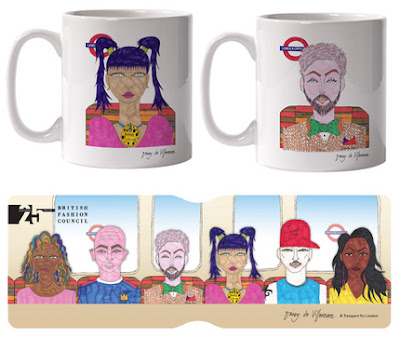Following his Loss of Innocence collection, Kinder Aggugini was guilty as charged to inaugurate Macy’s designer collection February 2011. Watch out Frankie Stein, you and your Monster High buddies no longer have the darkest outfits on the block.
Kinder Aggugini has taken little pretty children’s dresses, opened them up at the seams and inserted darker fabrics. He may have had Leigh Bowery’s performance on the mood board when choosing the macabre and juxtaposing fabrics.
Will Frankie Stein’s cut-out fabric be too unbearable for the lightness of the princess’s dresses? Or will the doll spring dresses be too innocent for the Monster High society?
Kinder Aggugini's S2010 collection
Photo credit: Style.com

































